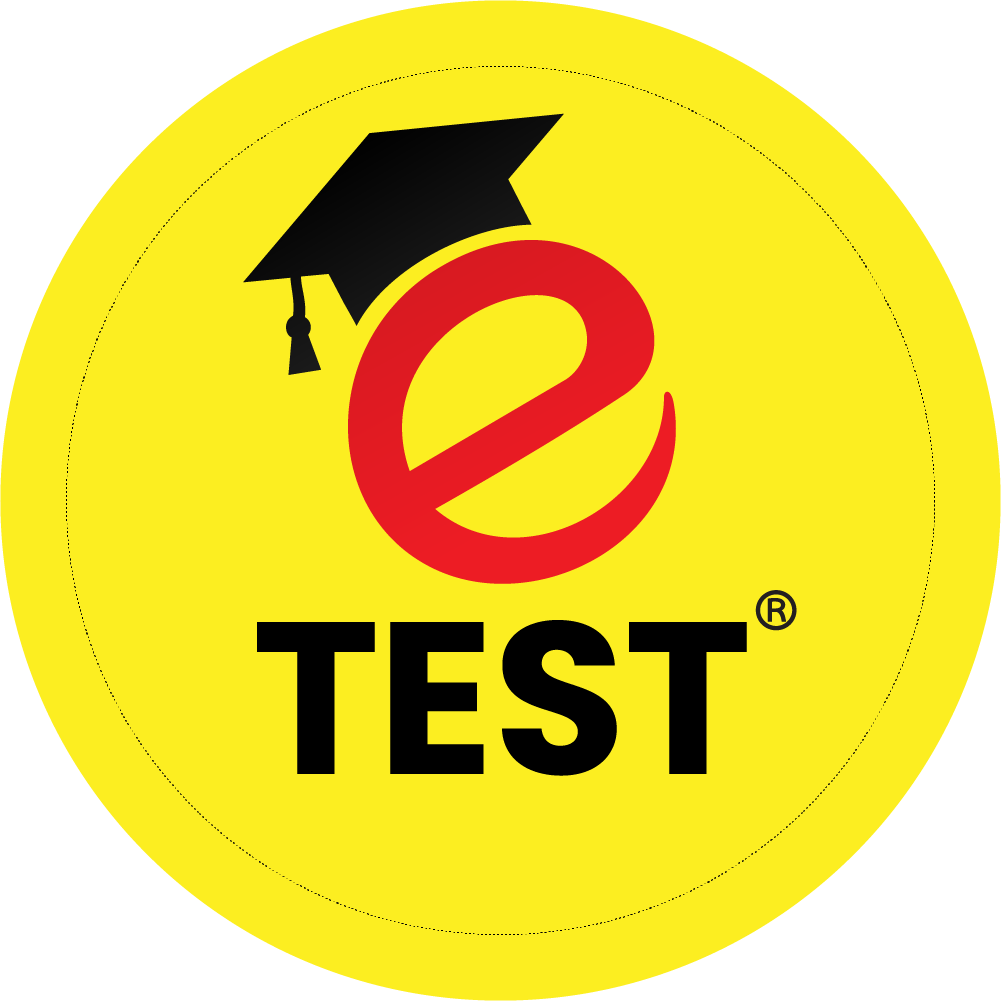- To relieve nausea & vomiting
- To remove poisonous material from stomach
- To remove Irritable material from stomach
- All of these
- d
-
Aspiration of Stomach is also known as Gastric Lavage or Stomach Pumping.
In this procedure, a tube is inserted through the mouth or nose into the stomach.
This procedure is done when someone ingested a toxic substance.
Medical MCQs
All Solved Medical related MCQs have uploaded in this section of ETEST Website. All MCQs will help to pass Medical related Exams of All Jobs and Admissions. Visitors should visit ETEST Website regularly for Best Jobs Tests Preparation because ETEST Team updates ETEST Website on daily basis.
All of the following are parenteral routes of drugs administration except:
- Intramuscular (I/m)
- Intravenous (I/V)
- Subcutaneous (S/C)
- Inhalations
- d
-
Parental Route means that routes which are involved injecting drug directly into the body.
In Inhalation, drugs are administered by respiratory tract.
Advance life support is performed by:
- Only first responder
- EMT Intermediates and Paramedics
- First responder and Paramedics
- First Responders and EMT Basics
- b
-
ALS stands for Advance Life Support.
ALS is generally performed by the highly trained paramedics and qualified professionals.
Invasive procedures involves introduction of equipment ____ the body.
- Outside
- Into
- On oral cavity
- On surface
- b
-
It means equipment penetrate the skin or enter a body cavity.
The mnemonic used for the treatment of soft tissue injury is:
- RICE
- REST
- RISE
- PULL
- a
-
RICE stands for Rest, Ice, Compression and Elevation.
To treat a soft tissue injury, first rest the injured area. Apply ice to reduce swelling. Wrap it with a compression bandage to control blood flow. Keep the injured limb raised above heart level to help with healing.
Decreased blood urea is seen in:
- Renal Failure
- Liver Failure
- Corticosteroid Treatment
- Gastrointestinal bleeding
- b
-
Decreased Blood Urea is also called Blood Urea Nitrogen (BUN).
It occurs due to Liver disease, Malnutrition and Pregnancy.
An effective CPR is:
- 60% compression, 40% relaxation
- 40% compression, 60% relaxation
- 50% compression, 50% relaxation
- 30% relaxation, 70% compression
- c
-
Effective CPR requires equal time for Compression and Relaxation because proper blood flow and heart refilling is required.
T.D.S stands for:
- Three times a day
- Ter in die
- Ter die Sumendrum
- Thrice a day
- c
-
Ter Die Sumendrum (TDS) is a Latin term.
TDS means “three times a day” or means every 8 hours.
The important function of bandages is:
- To secure dressing in position
- To give pressure and prevent swelling
- To give support
- All of these
- d
-
To stop bleeding
To protect wound
To provide compression
To absorb fluids
To prevent friction
To Immobilize the body parts
In burn emergencies, first aid is:
- Cold water for 10 minutes
- Tap water for a moment
- Icing
- Wipe of the burn
- a
-
Cool Water
Remove Cloths
Cover the Burn
Medication
Please don't apply Butter, Toothpaste or other home remedies to the burn.
